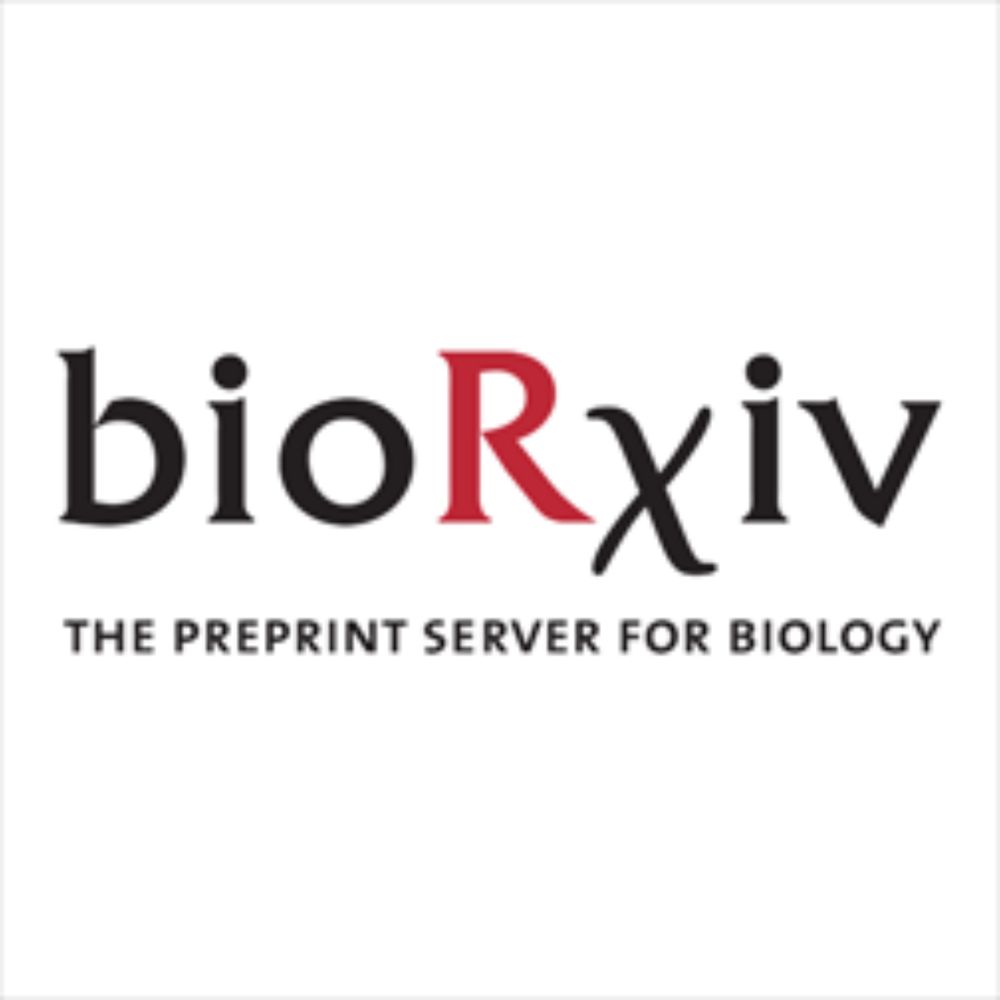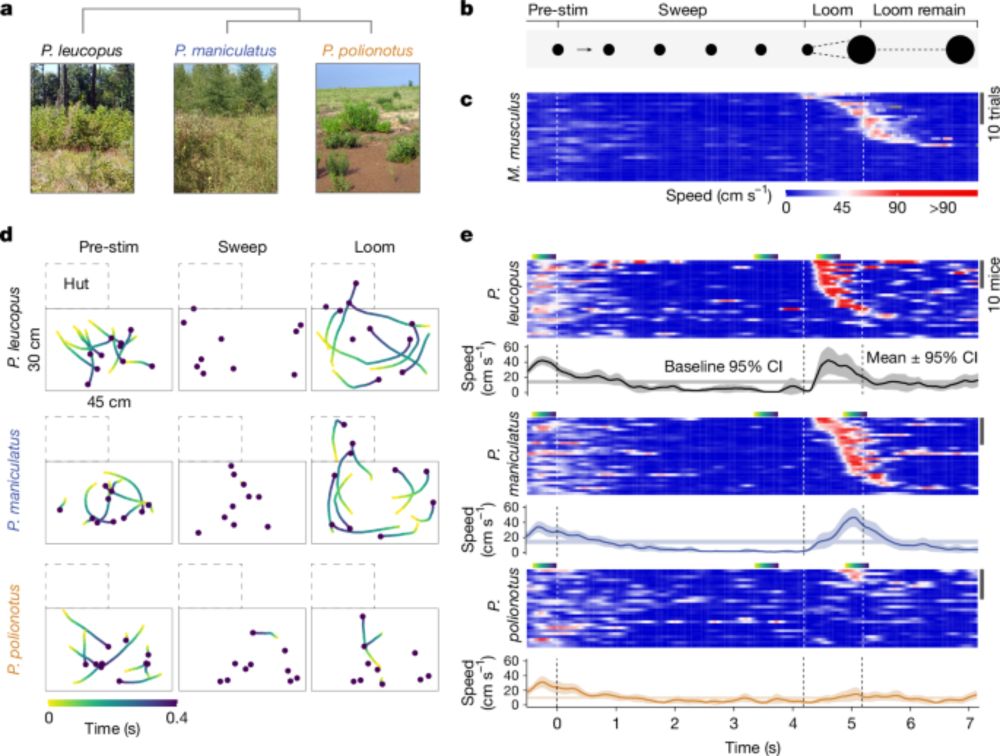

Visit our Mini-Symposium 36 ‚Experience-driven dynamics in cortical inhibition for learning and behavior‘ - Room 6CF, November 19, 2025, 9:30 am at SFN, San Diego.
Our speakers: Lisa Topolnik, Silvia da Silva, Linlin Fan, Attila Losonczy, Amar Sahay, Marlene Bartos.

Visit our Mini-Symposium 36 ‚Experience-driven dynamics in cortical inhibition for learning and behavior‘ - Room 6CF, November 19, 2025, 9:30 am at SFN, San Diego.
Our speakers: Lisa Topolnik, Silvia da Silva, Linlin Fan, Attila Losonczy, Amar Sahay, Marlene Bartos.
👉 www.nature.com/articles/s41...

👉 www.nature.com/articles/s41...
Join live webinar with Dr. Oliver Barnstedt @obarnstedt.bsky.social l & Dr. Anne Petzold @neuroadept.bsky.social(European Neuroscience Institute Göttingen)
🗓️ November 13th | 14:00 CET
👉 Clickto register: us02web.zoom.us/webinar/regi...

Join live webinar with Dr. Oliver Barnstedt @obarnstedt.bsky.social l & Dr. Anne Petzold @neuroadept.bsky.social(European Neuroscience Institute Göttingen)
🗓️ November 13th | 14:00 CET
👉 Clickto register: us02web.zoom.us/webinar/regi...
www.nature.com/articles/s41...

www.nature.com/articles/s41...
Join us at @lmumuenchen.bsky.social and support research on how neural circuits 🧠 drive adaptive behavior!
⏳ Deadline: 15. November 2025
Learn more and apply: www.fens.org/careers/job-...

Join us at @lmumuenchen.bsky.social and support research on how neural circuits 🧠 drive adaptive behavior!
⏳ Deadline: 15. November 2025
Learn more and apply: www.fens.org/careers/job-...

www.biorxiv.org/cgi/content/...

www.biorxiv.org/cgi/content/...
We found a preference for visual objects in the mouse spatial navigation system where they dynamically refine head-direction coding. In short, objects boost our inner compass! 🧭
www.science.org/doi/10.1126/...
🧵1/

We found a preference for visual objects in the mouse spatial navigation system where they dynamically refine head-direction coding. In short, objects boost our inner compass! 🧭
www.science.org/doi/10.1126/...
🧵1/
Two Assistant Professors at ISTA have won @erc.europa.eu Starting Grants of 1.5 million Euro each to pursue their work in astrophysics and neuroscience.
Read more: https://bit.ly/4g5fEWq

The point of funding is to convert it into quality research. A well-spent research budget should fund the idea it was raised on, plus revision experiments, plus preliminary data for the next grant. So you need to spend, while avoiding waste.
The point of funding is to convert it into quality research. A well-spent research budget should fund the idea it was raised on, plus revision experiments, plus preliminary data for the next grant. So you need to spend, while avoiding waste.
A brain-wide map of neural activity during complex behaviour
www.nature.com/articles/s41...
Brain-wide representations of prior information in mouse decision-making
www.nature.com/articles/s41...

A brain-wide map of neural activity during complex behaviour
www.nature.com/articles/s41...
Brain-wide representations of prior information in mouse decision-making
www.nature.com/articles/s41...

We show that mitochondria dynamically remodel near synapses during brain plasticity for learning 🧠🧪
Led by Monil Shah, MPFI IMPRS PhD student, (@mpfneuro.bsky.social) using advanced microscopy & new algorithms, revealing stunning neuronal beauty! 🔬
Thanks to the whole team!

We show that mitochondria dynamically remodel near synapses during brain plasticity for learning 🧠🧪
Led by Monil Shah, MPFI IMPRS PhD student, (@mpfneuro.bsky.social) using advanced microscopy & new algorithms, revealing stunning neuronal beauty! 🔬
Thanks to the whole team!
Check out our searchable gene database and look up your favorite gene 🧬
www.nature.com/articles/s41...

Check out our searchable gene database and look up your favorite gene 🧬
www.nature.com/articles/s41...

We show how CRH in the thalamic reticular nucleus modulates NREM sleep, helping to understand how stress impacts sleep
Congrats to Loredana Cumpana and team, in work led by Simone Astori!
@epfl-brainmind.bsky.social

We show how CRH in the thalamic reticular nucleus modulates NREM sleep, helping to understand how stress impacts sleep
Congrats to Loredana Cumpana and team, in work led by Simone Astori!
@epfl-brainmind.bsky.social
📢🚨 We’re hiring an administrative assistant in the Department of Neurobiology! Spread the word.
⏳Deadline: 15. September 2025
Learn more & apply: job-portal.lmu.de/jobposting/2...

📢🚨 We’re hiring an administrative assistant in the Department of Neurobiology! Spread the word.
⏳Deadline: 15. September 2025
Learn more & apply: job-portal.lmu.de/jobposting/2...
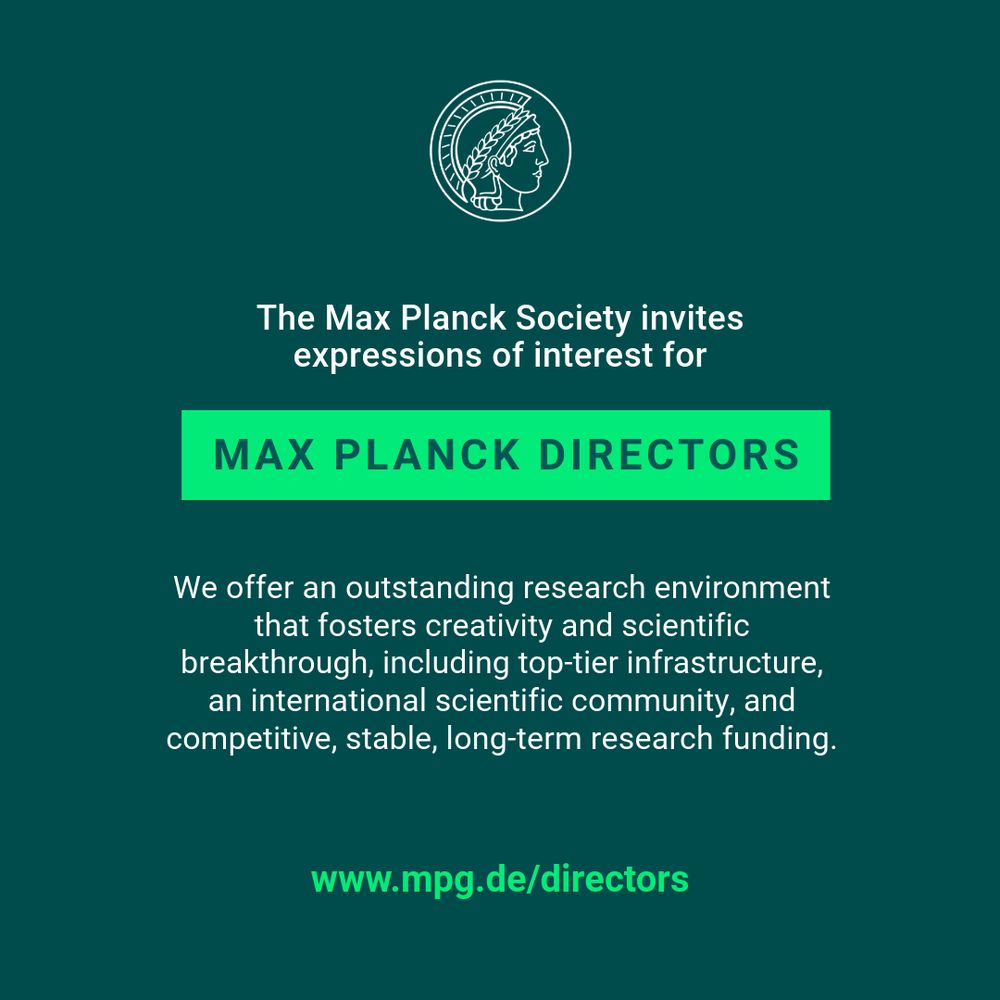
We address this in this new preprint, led by @alexegeaweiss.bsky.social & @bturner-bridger.bsky.social in collab w/ @petrznam.bsky.social @crick.ac.uk
www.biorxiv.org/content/10.1...
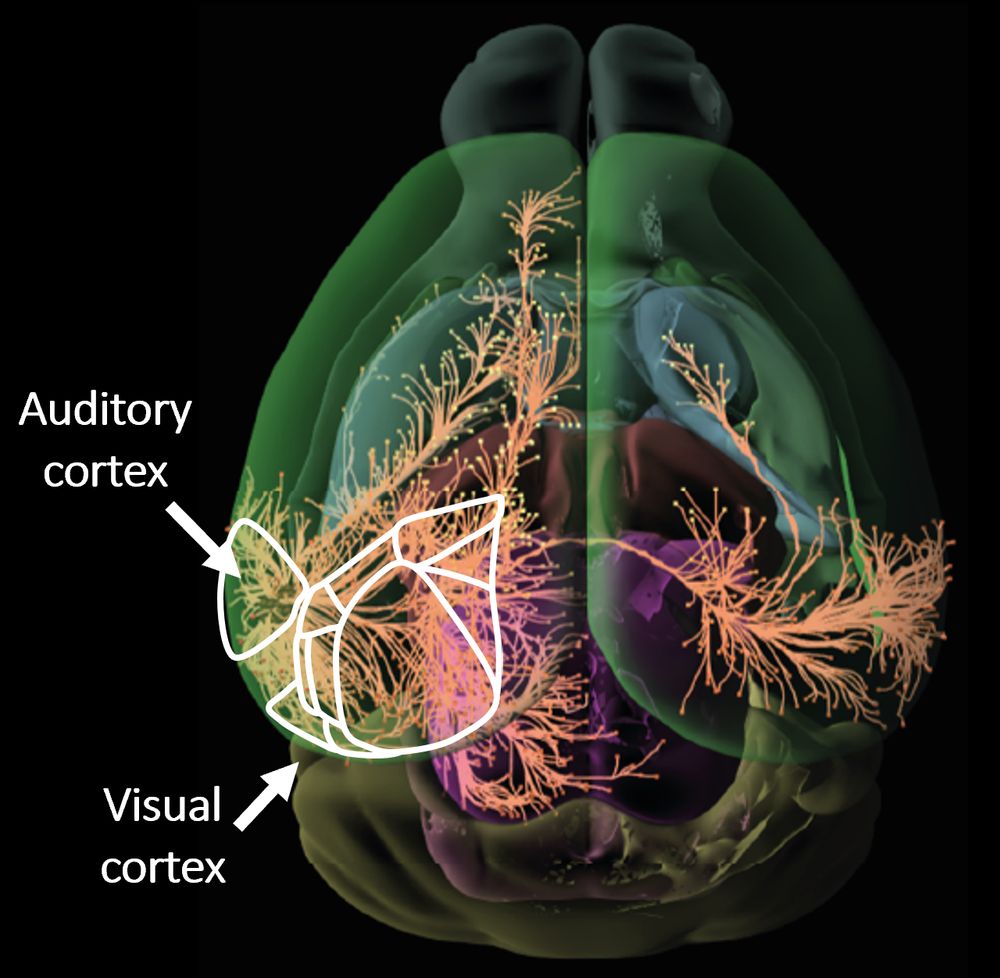
We address this in this new preprint, led by @alexegeaweiss.bsky.social & @bturner-bridger.bsky.social in collab w/ @petrznam.bsky.social @crick.ac.uk
www.biorxiv.org/content/10.1...
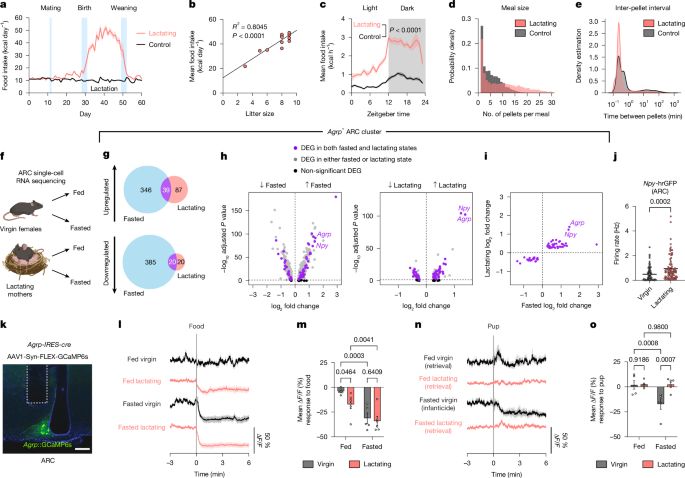
🧫You want to use human pluripotent stem cell based models to understand the evolution of human cerebellar neurons and disorders, this position is for you!
🔗Apply here: emploi.cnrs.fr/Offres/CDD/U...
🧫You want to use human pluripotent stem cell based models to understand the evolution of human cerebellar neurons and disorders, this position is for you!
🔗Apply here: emploi.cnrs.fr/Offres/CDD/U...
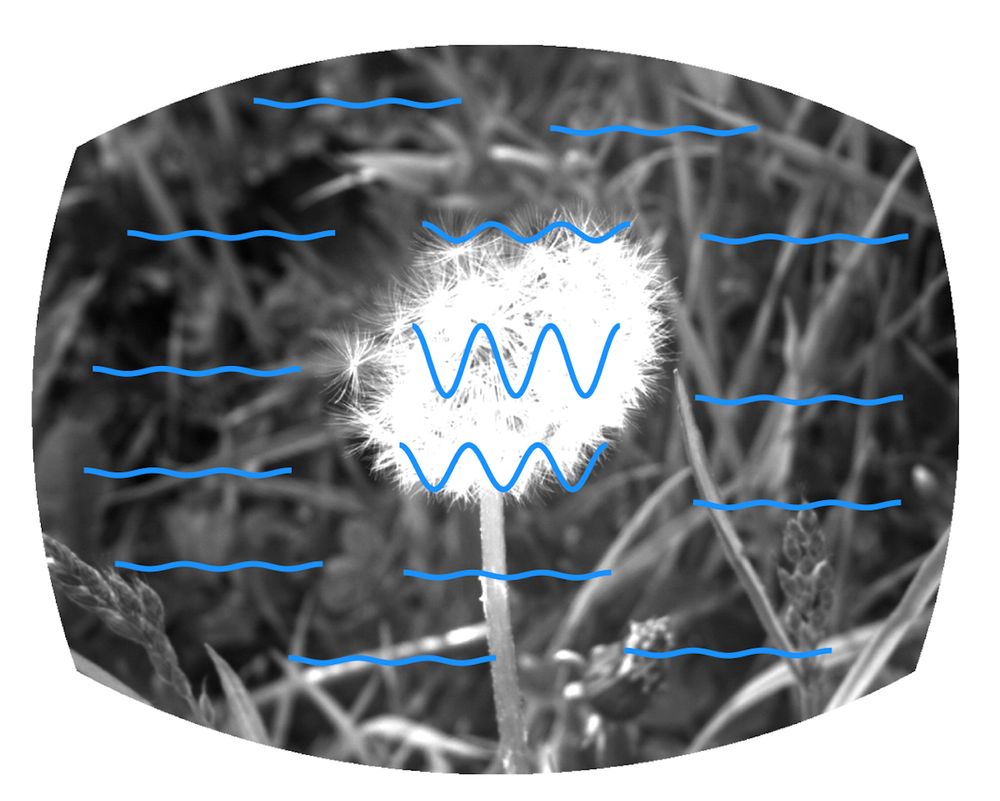
www.biorxiv.org/content/10.1...
Detailed 🧵 below 👇 1/12
